Fly Ash: Sources, Applications and Potential Environments Impacts
Fly ash is a by-product of the combustion of coal and other waste materials. In recent years, there has been intensive research on fly ash because of the increasing demand for the recycling of industrial by-products to improve sustainability in manufacturing and infrastructure. This book presents some of the latest developments in the generation, characterization, utilization and environmental impacts of fly ash. Recent developments on the methods of collection and analysis of fly ash, and novel applications such as in geopolymers and recovery of resources from fly ash are included. The book is intended for professionals in research and academics, and students interested in materials and sustainability. The book consists of 17 chapters contributed by 42 authors. Each chapter ends with an extensive list of references for further information. The topics on fly ash have been grouped into the following three parts: Part 1: various sources, methods of collection, factors influencing collection efficiency, flow and hydrodynamic behaviours, methods of characterization, physical, chemical, leaching and radiation properties, and extraction of metals from fly ash; Part 2: different technological initiatives on utilization, applications in the construction industry, use as a supplementary cementitious material, alkali-activated binder, polypropylene composite materials, and behaviour of fly ash geopolymer concrete; and Part 3: health and environmental issues such as the effects on lung and heart, bioleaching for detoxification, ash from incinerated wastes, and lifecycle assessment of civil structures using fly ash.
{{comment.content}}

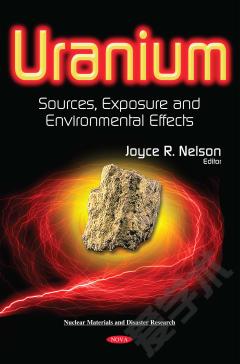
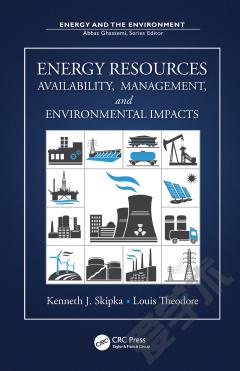
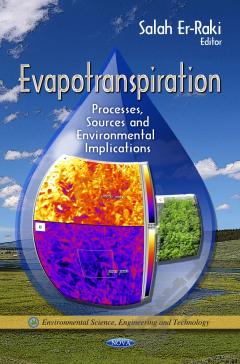
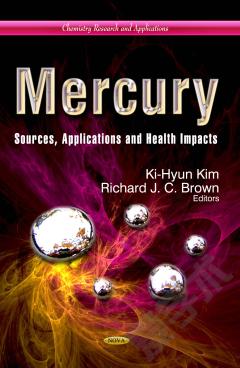
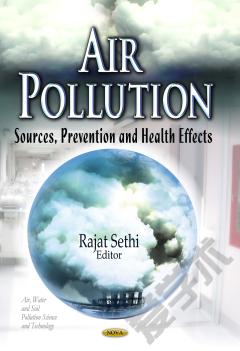
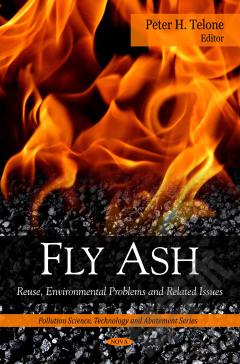

 京公网安备 11010802027623号
京公网安备 11010802027623号